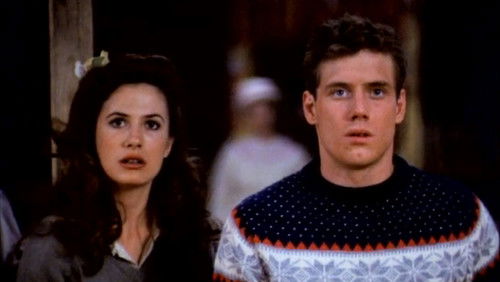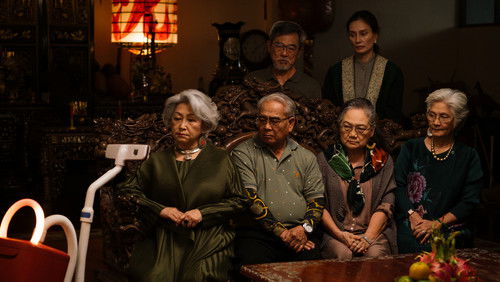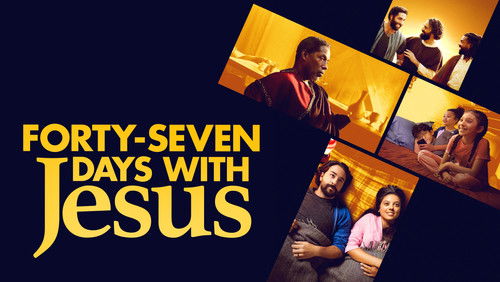Violencia (2015)
30KViolencia: Directed by Jorge Forero. With Rodrigo Vélez, David Aldana, Lorena Macías, Cristian Rubiano. One day, three men, three different settings, the all-pervading violence that envelopes Colombia their inexorable connective tissue.
“In 2013, I read the screenplay of «Violencia», written by Jorge Forero. The producers had submitted it to the Ibermedia program for funding. The text left me a very good impression and I recommended it. Since then, I tried to watch the movie, until now that I have seen Forerou0026#39;s first work on line. The result is up to the expectations created by the script.u003cbr/u003eu003cbr/u003eIn the same way that the Colombian drama is difficult to grasp in all its complexity, to people who do not know the history of the country in depth or do not follow the news, «Violence» is a complex film, despite its structural and narrative simplicity. Forero opted for long observational shots, in which every take is a complete construction of actions, reactions and subtexts, without the costly and laborious profusion of angles and impersonal points of view found in mainstream cinema, because there is no need for them. The human dimension of the drama is basal: lack of freedom, fear of death and the objectification of the human body.u003cbr/u003eu003cbr/u003e«Violencia» tells the story of three males (Catholics, in the script, united by a similar scapular in their necks, which has been changed to a crucifix in the film, but only worn by the men of stories 1 and 3): a kidnapped man, a u0026quot;false positiveu0026quot; and a paramilitary. The violence is scarcely explicit, but there is a permanent charge of premonition, like a live wire, ready to give an electrical shock to the unsuspecting. In the first segment, we are almost alone with the kidnapped man (Rodrigo Velez), from the moment he wakes up and performs small survival actions, until he lies down and suffers the hardships of his abduction in the jungle. At every moment of his minimal actions, we perceive the immensity of the drama of a kidnap victim in a war he may not even understand.u003cbr/u003eu003cbr/u003eThe second tale about the immolation of youth is the most moving of the three. It tells the story of a poor urban teenager (David Aldama) who is in love, living in the home of his single mother and looking for employment. In his desperation to have his own income, the boy falls victim of a lethal agreement to provide live bodies of innocent people to members of the Colombian army, who killed them and passed them off as dead guerrillas to obtain promotions and other benefits. The story of the young man opens at the dawn, as he makes love with his girlfriend in the shadows, and somberly concludes in the night, in some remote place of Colombia.u003cbr/u003eu003cbr/u003eThe third story is the most disturbing, because it is told with cold objectivity, the same way its leading character (Nelson Camayo) carries out his daily actions. Like the other stories, it opens at dawn, while the man enjoys a shower after having sex with a woman. Seemingly a common farmer, the man buys materials in a hardware store, buys a snow cone, fuels his old jeep, but when he arrives at a farm and we see a group of uniformed men, his true identity is revealed and the story turns devious: he is not a farmer, but a paramilitary, a torture coach and an expert executioner. And as the story began, so it ends, calm, dispassionate, with his girlfriend in the town plaza, at night, while Leonardo Favio sings «Ella ya me olvidó», the only musical commentary of the movie (and a lesson in scoring for those who stuff their movies with tunes and music cues).u003cbr/u003eu003cbr/u003e«Violencia» is an experience hard to forget, that evokes the best works of Lucrecia Martel, Lisandro Alonso, Amat Escalante and other performers of the un-dramatized cinema of our days. Available through Retina Latina.”









